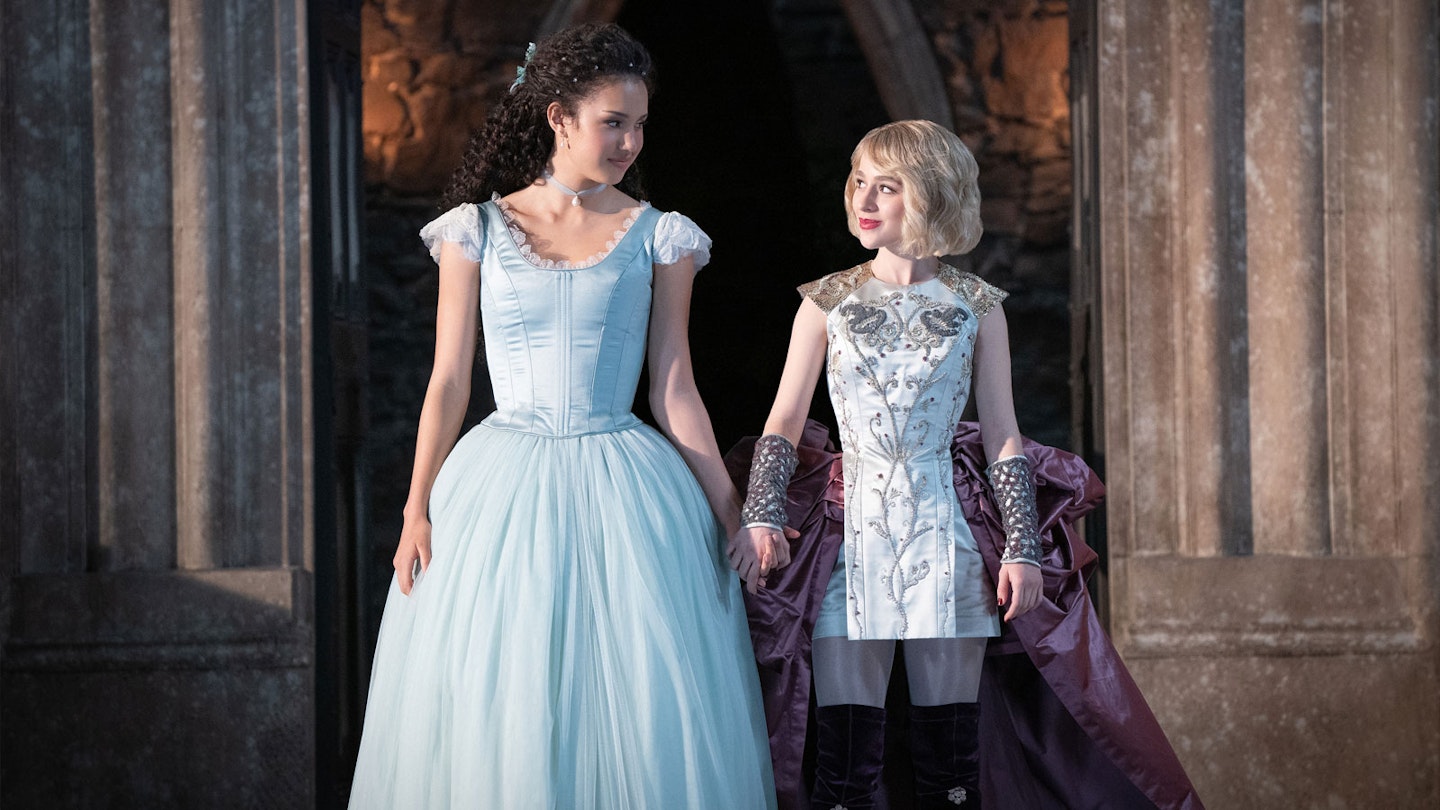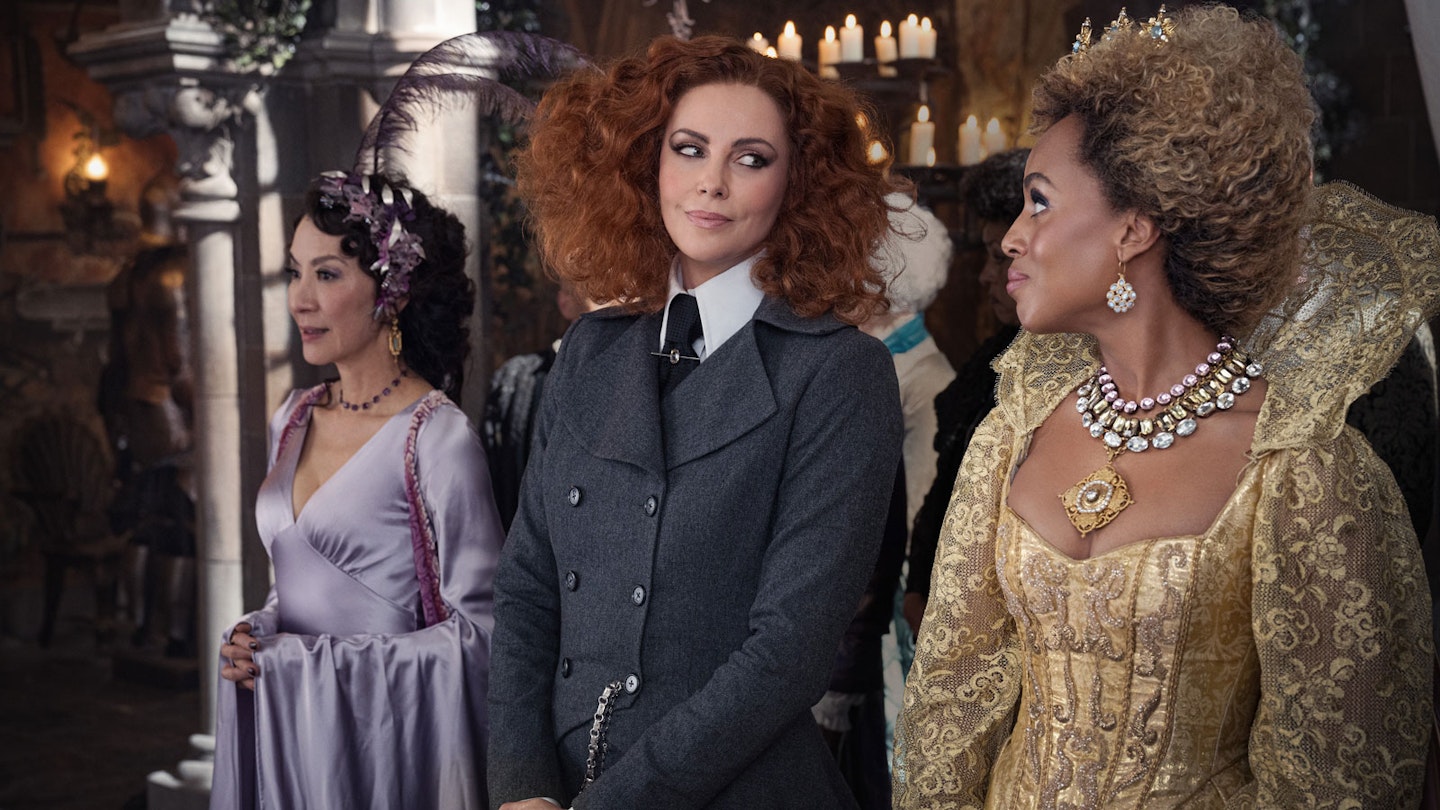Young-Adult franchises are a golden goose. If you’re a film studio or streaming service with a Harry Potter or a Hunger Games on your docket, chances are, it’ll be laying lucrative little eggs for years. It makes perfect sense, then, that Netflix — who have cornered the teen market in recent years — might want to adapt The School For Good And Evil, the hugely popular YA book series by Soman Chainani. It makes less sense that a filmmaker like Paul Feig would turn it into… this.
Feig’s CV speaks for itself: he is jointly responsible for Freaks & Geeks, one of the greatest TV shows ever made, and in films like Bridesmaids and Spy, he is responsible for some of the sharpest, funniest cinematic comedies of the past decade. Little of that comedic prowess is recognisable in The School For Good And Evil. It is, we take no pleasure in reporting, a total mess.

Where to even begin? It all kicks off with an introductory voiceover from Cate Blanchett, which itself feels like a cynical move — a film so lacking in gravitas that it feels it must borrow some from another. (Yes, we remember the Fellowship prologue too!) From there, we are welcomed to an entirely binary dual school of good guys and bad guys; essentially a fantasy take on high-school jocks versus goths.
It’s genuinely hard to find redeeming features.
It all bears such a resemblance to Hogwarts — right down to the castle design — that J.K. Rowling’s lawyers may be considering their options. There’s Laurence Fishburne as Dumbledore by way of Morpheus, Charlize Theron as Snape by way of Maleficent, and Kerry Washington as Gilderoy Lockhart by way of Giselle from Enchanted. Literally thrown into this mix are Agatha (Sofia Wylie) and Sophie (Sophia Anne Caruso), accidentally sent into the wrong schools where they must, with excruciating slowness, learn thunderingly obvious lessons about meeting each other in the middle.
It’s genuinely hard to find redeeming features. Some of the acting is more befitting of a bad panto. The CGI is often ugly. The visuals are a chaotic mish-mash of styles. The dialogue is cacklingly cheesy (“Did you really think it would be that easy?” snarls one baddie). The magic is simultaneously over-explained and ill-defined. The make-up equates facial disfigurement with moral wickedness. The runtime is, unforgivably, two-and-a-half hours.
It all feels indicative of the current cheap-and-cheerless franchise gold rush (a shameless tease for a future film seems to confirm that intention). As a cold business decision, it is what it is; what’s hard to grapple with is why Feig would be behind it. He is a talented filmmaker and capable of so much more. The only identifiable artefact of his filmmaking voice is in his longtime championing of women, in his centring of female characters. That goal is admirable; sadly, in this case, the material drags everyone down with it.

